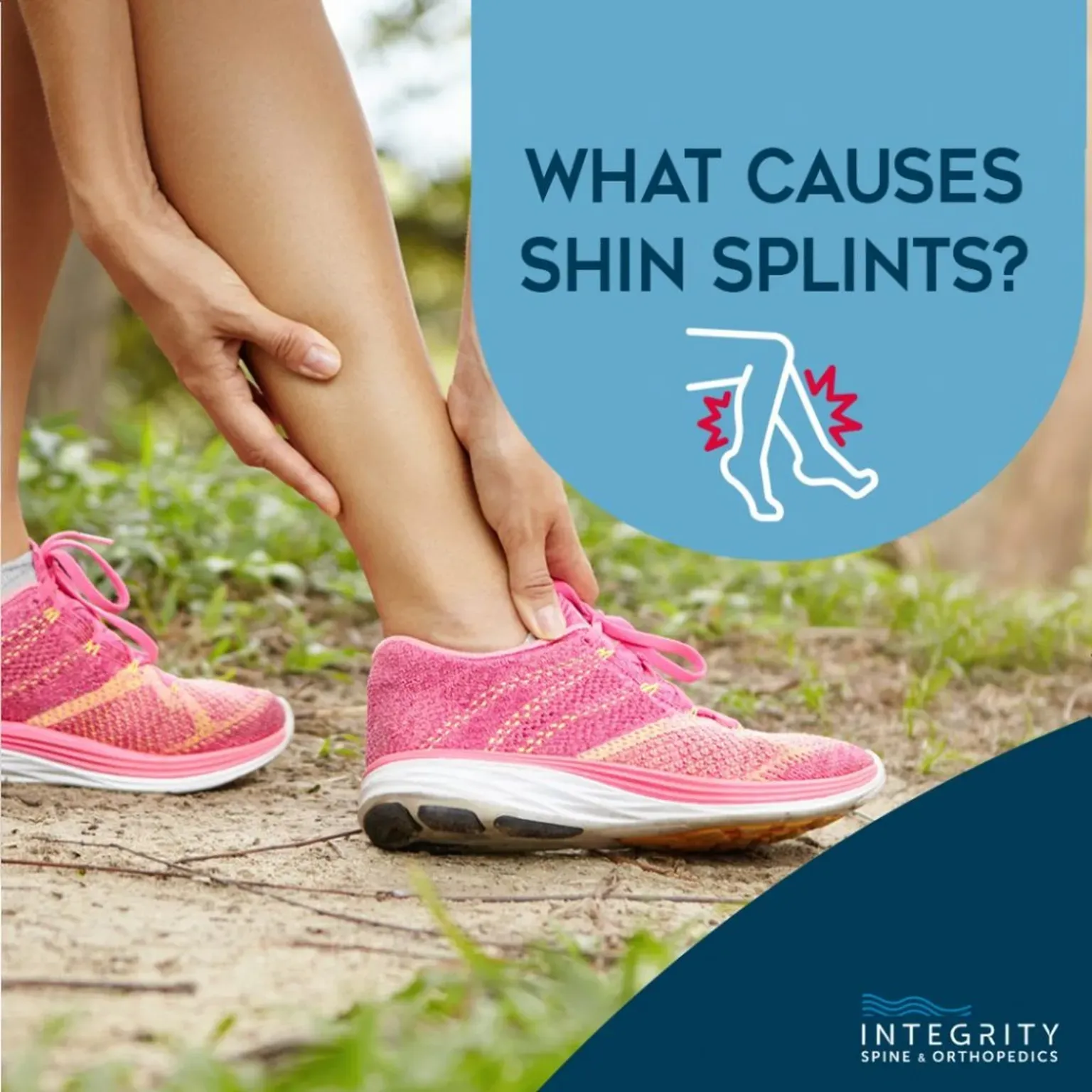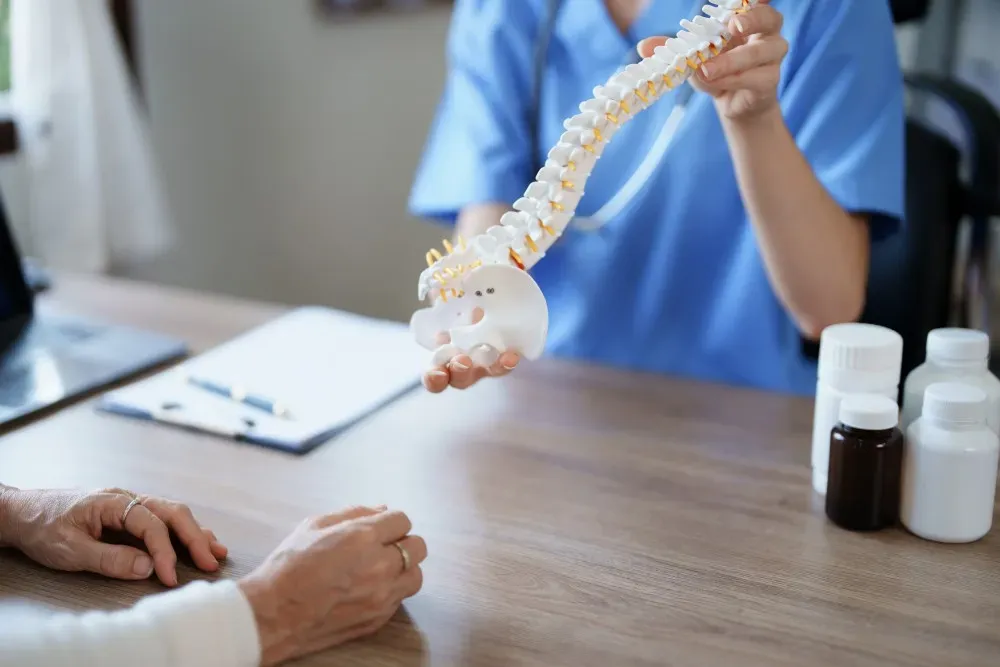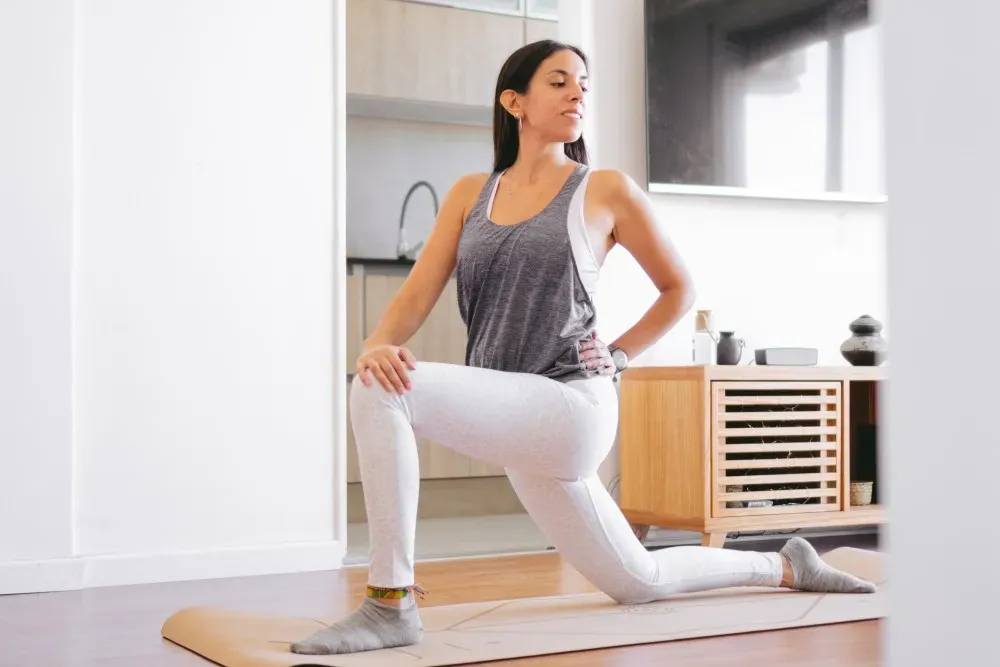Neurosurgery & Orthopedic Surgeons in Jacksonville

What Causes Shin Splints?
There’s nothing worse than achy, throbbing shins to put a crimp in your exercise regimen. If you’re experiencing shin pain in one or both legs during exercise, you may have a case of shin splints (medically known as medial tibial stress syndrome).
/strong>
There’s nothing worse than achy, throbbing shins to put a crimp in your exercise regimen. If you’re experiencing shin pain in one or both legs during exercise, you may have a case of shin splints (medically known as medial tibial stress syndrome).
Shin splints is a common, exercise-related injury that develops when the leg muscles and soft tissues that support the shinbone (tibia) become overworked, irritated and inflamed. If you have shin and leg pain that is keeping you from working out, running, or exercising, keep reading to learn more about this condition and what causes it.
WHAT CAUSES SHIN SPLINTS?
Shin splints are a common overuse injury that develop when repeated stress is placed on the leg muscles, shinbone, and connective soft tissues. Runners, dancers, and military recruits are the three groups of people most commonly diagnosed with shin splints. Other types of athletes and highly active people are also at risk.
The following factors contribute to the development of medial tibial stress syndrome:
- Changing exercise frequency. Sudden activity changes like starting a new exercise program, working out infrequently (like on the weekends only), or increasing exercise frequency can overwork and tire out the leg muscles, tendons, and ligaments.
- Changing exercise intensity. Changing your exercise regimen by working out for longer or harder than before can quickly overwork the lower legs and cause shin splints.
- Muscle weakness. Muscle weakness in the buttocks, hips, thighs, core, or ankles can place increased stress and pressure on the lower leg muscles.
- Unsupportive footwear. Wearing worn out, poorly fitting or unsupportive shoes while exercising can lead to the development of shin splints.
- Running on uneven or hard surfaces. Running on hilly or slanting terrain, or hard surfaces like concrete, overworks the leg muscles, tendons, and ligaments.
- Foot abnormalities. A biomechanical issue like flat feet or high arches places increased stress on the muscles, bones, and soft tissues in the lower leg.
WHAT DO SHIN SPLINTS FEEL LIKE?
When the leg muscles and tissues are overworked, they become irritated and inflamed, leading to shin and lower leg pain. The most common symptom of shin splints is pain, achiness, or soreness along the inner edge of the shinbone. Pain might be accompanied by lower leg swelling and tenderness.
Shin splint pain usually worsens during standing, walking and exercising, then recedes afterward. If the condition progresses, you might start experiencing persistent pain at rest and at night. The pain can feel sharp and stabbing or dull and throbbing.
Failing to address and treat shin splints can cause a stress fracture to develop.
TREATMENT AND TIPS FOR PREVENTION
Acute cases of shin splints usually heal on their own with at-home measures. Even if you suspect a shin splint diagnosis, you should still see a doctor to rule out a more serious condition like a stress fracture or tendonitis. Your doctor may recommend the following treatments.
- Rest. Rest is the most important component of shin splint treatment. Your muscles, bones and soft tissues need adequate time to heal. However, you don’t have to give up all activity — try low-impact exercises like swimming or using a stationary bike to stay active.
- Ice and heat. Applying ice packs can reduce pain, swelling, and inflammation in the affected area. After a few days, heat packs can soothe tight, sore muscles and tissues.
- Medications. Over-the-counter pain medications can relieve pain, swelling and inflammation.
- Buy new shoes. Treat yourself to a new pair of running shoes with good arch and heel support. You can also use insoles, arch supports, or orthotics for support.
- Return to activities slowly. Once you begin feeling less pain, return to sports and exercise slowly. Don’t immediately pick up where you left off — you run the very real risk of prolonging your recovery or worsening the injury.
Shin splints typically resolve completely within 3-4 weeks. However, it’s also not unusual for some people to experience symptoms for several months before they resolve. Your condition is more likely to take longer to heal if you don’t take the time to rest and recover adequately.
How can you prevent future recurrences?
- Wear fitted, supportive shoes with good arch and heel support while running, exercising or playing sports
- Improve your form and technique to lower the risk of injury
- Don’t change your activity frequency or intensity suddenly — make small changes week-to-week and work up to new levels slowly
- Always stretch and warm up your muscles before exercising
- Use cross-training, low-impact exercises, and recovery days to avoid overloading and overworking the lower legs
- Incorporate strength training to improve strength in your glute, hip, thigh, core and ankles muscles
If you feel any sort of shin pain while exercising, pull back on the frequency or intensity of your regimen. It’s not wise to push or power through shin splints and run the risk of causing a significant injury.
INTEGRITY SPINE AND ORTHOPEDICS TREATS SOFT TISSUE AND SPORTS INJURIES
At Integrity Spine and Orthopedics, we offer top-notch orthopedic and sports medicine care for a range of acute and chronic conditions. We’ll help you get the treatment you need to get back on your feet and back to doing the activities you love.
Call us today or reach out online to schedule your first appointment in our Jacksonville, FL clinic.




